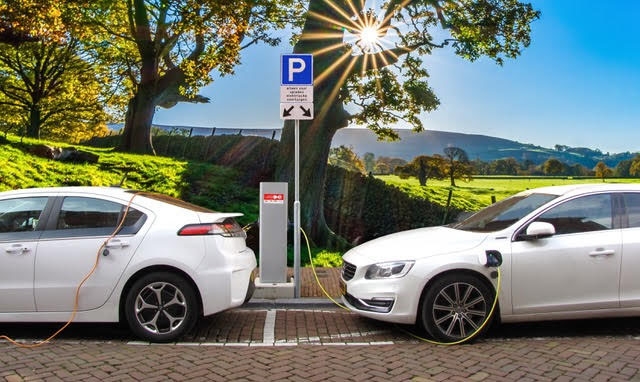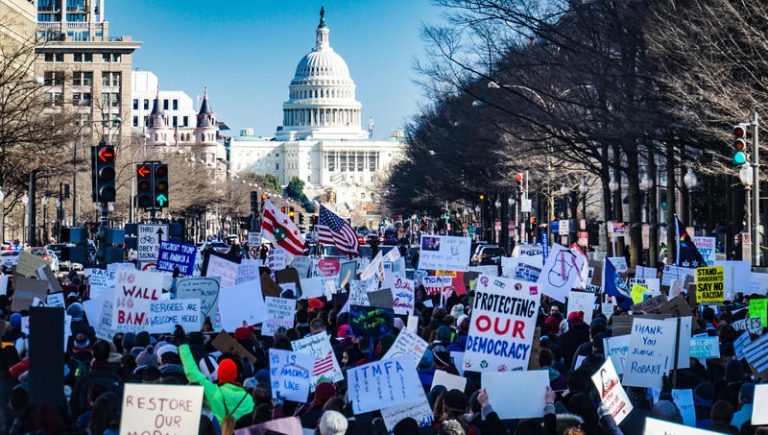
By: Genoa Barrow | California Black Media
California is taking the lead in adopting electric vehicles and PG&E, a leading utility company, is working to ensure that no driver is left behind. PG&E launched its Electric Vehicle Charge Network program in January, with the goal of installing 7,500 EV (electric vehicle) chargers at condominiums, apartment buildings and workplaces across Northern and Central California between now and 2020.
Vincent Davis, PG&E’s senior director of Customer Energy Solutions, says 15 percent of the sites will be located in disadvantaged communities. To determine those disadvantaged areas, Davis says the company used a statewide mapping tool called the CalEnviroScreen. This tool identifies communities most affected by sources of pollution and where people are often especially vulnerable to the effects of pollution. Those areas are often low-income and inhabited by people of color.
Reducing costs and increasing access to charging are key components in the effort to increase the number of Californians choosing electric vehicles.
“In the early stages of electric vehicles, the cost of the vehicles themselves was a hurdle and then range and anxiety in terms of where people would charge, and being concerned about running out of electricity,” Davis shared.
“We’re starting to overcome a lot of those hurdles. The deployment of an EV Charging Network is going to be critical with regard to reducing the angst that people may feel around how far they can go before charging,” he continued.
In the Central Valley, PG&E partnered with the non-profit Valley Clean Air Now, known widely by the acronym ValleyCAN, to reach customers.
“In partnership with them, we’re able to provide free electrical panel upgrades to encourage electric vehicle ownership in low-income and underserved communities,” Davis said.
Launched in January, the EV Charger Network is still in its early stages. PG&E expects to have 1,400 charges installed by the end of 2018. For installation efforts at multi-family dwellings, including low-income housing complexes, the company will work with owners or property managers to install chargers at their buildings. Those owners or other leaders will be the customer who will choose what kind of EV charger they want to install. They will also decide how their tenants, employees or guests will pay for charging their EV. They could decide to provide free charging or have the driver pay for their own charging.
“In this particular program, PG&E will pay for and build the infrastructure from the electric grid to the charge,” Davis shared.
“PG&E will also offset a portion of the charging cost for all participating customers based on the location and the site. That’s pretty good and with that program, multi-unit dwellings in disadvantaged communities will receive the highest rebate,” Davis said.
The EV Charge Network has a budget of $130 million. The first site is located at Merced College in Los Banos and features six chargers, each with two plug-ins for staffers, students and guests to use while they are on campus.
“That college is located in an underserved community where EV charging wasn’t available,” Davis said.
“In California, most everyone is really interested in reducing greenhouse gas. Our program (EV Charge Network) acknowledges and embraces the fact that it counts for all segments of our community, including disadvantaged communities and low-income communities. They have just as much of an interest in reducing greenhouse gases as everyone else,” Davis continued.





